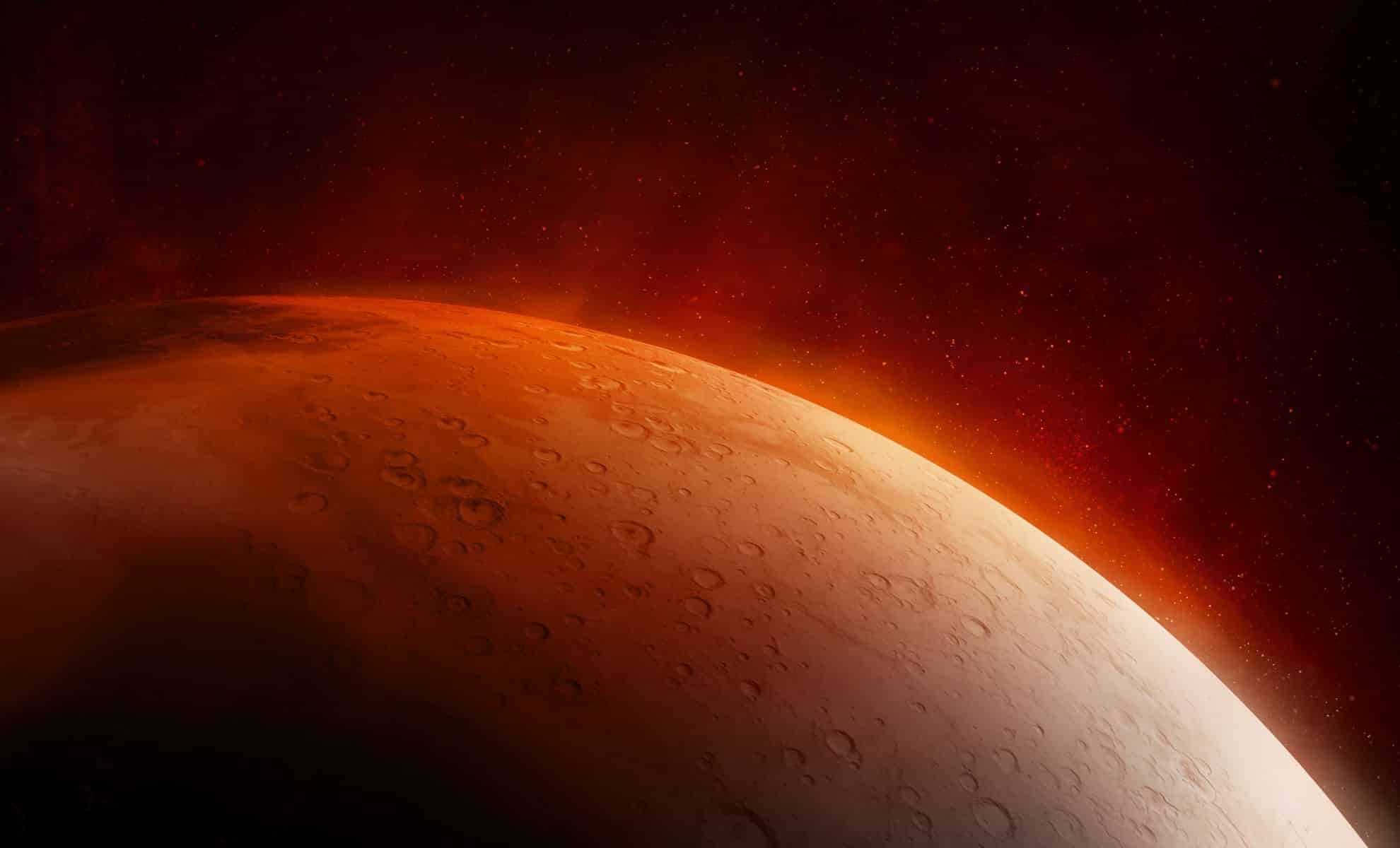For centuries, Mars has captured human interest due to its distinctive reddish appearance, earning it the moniker “The Red Planet.” However, recent explorations reveal that its color is far more intricate than the fiery image often portrayed.
The source of Mars’ red hue is primarily iron oxide, commonly known as rust, which permeates the dust and rocks on its surface. This rusty residue not only imparts the planet with its signature coloration but also links it to Earth, where iron oxide similarly contributes to the rust found on our planet. Like Earth’s rust, Mars experiences a similar reaction where oxygen interacts with iron, resulting in a surface that can appear rusty brown or even tan under certain conditions.
Despite the name, the predominant colors of Mars are not vibrant reds. In fact, rover and satellite images showcase a more nuanced palette of rusty browns and muted oranges, with intermittent shades of tan contributing to the overall view. Mars’ poles, on the other hand, are capped with ice that takes on a stark white appearance, especially during the colder seasons. These caps are composed of frozen water and carbon dioxide, or dry ice, which undergo a fascinating seasonal transformation. Sunlight causes the dry ice to evaporate, reducing the ice caps, while nighttime temperatures allow them to re-form, illustrating the planet’s changing seasons.
The perception of Mars’ colors becomes even more captivating when viewed through various light spectrums. Scientists employ specialized cameras that capture ultraviolet (UV) and infrared (IR) light, uncovering surface features invisible to the naked eye. Such observations enhance understanding of Mars’ landscape, atmosphere, and its past potential to support life. Infrared imaging, though not representative of “true” colors, employs false colors to illuminate geographic features in more detail. Furthermore, NASA’s MAVEN spacecraft has provided valuable insights through its ultraviolet images, helping researchers gain a deeper understanding of Mars’ atmospheric history and its capacity to have harbored liquid water.
While the allure of Mars’ red appearance is undeniable, it is these subtle variations that intrigue scientists and space enthusiasts alike. Throughout history, civilizations have gazed at Mars, drawing connections between its reddish hue and associations with warfare and blood. The Romans, for instance, named the planet after their god of war, partly due to its color resembling blood. Interestingly, the iron oxide on Mars shares similarities with the iron component of hemoglobin, further linking its color to the essence of life on Earth.

